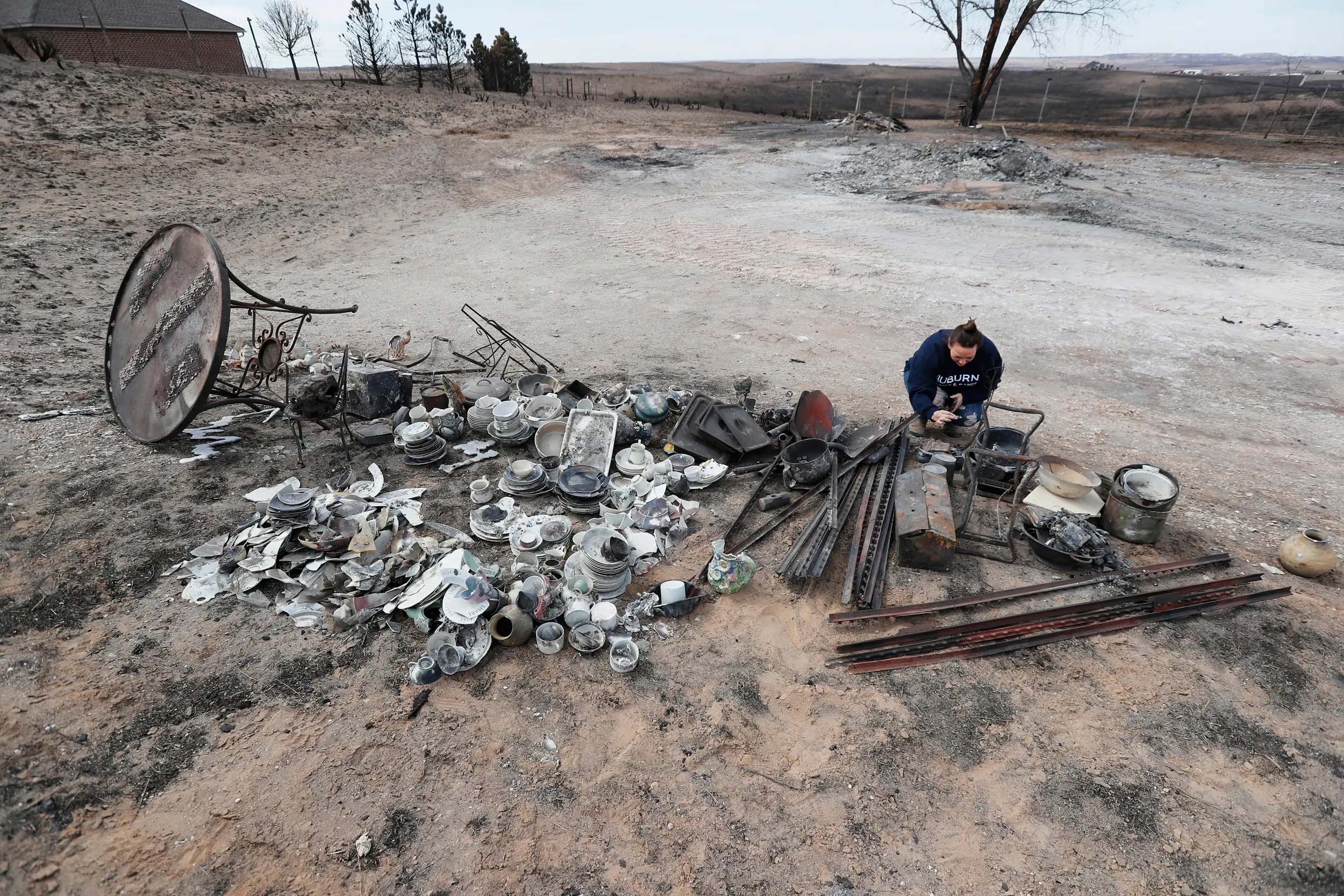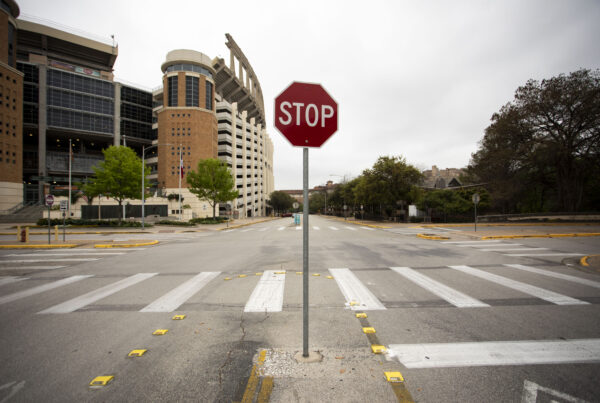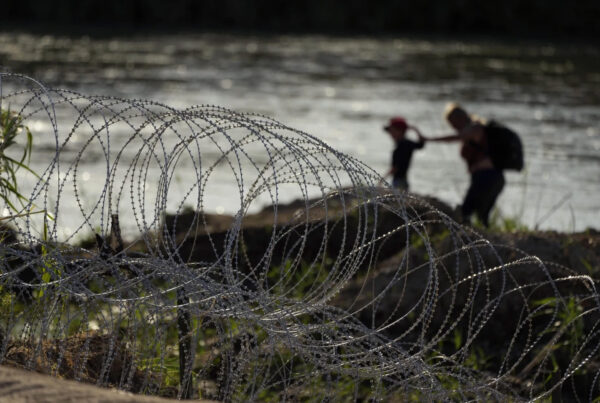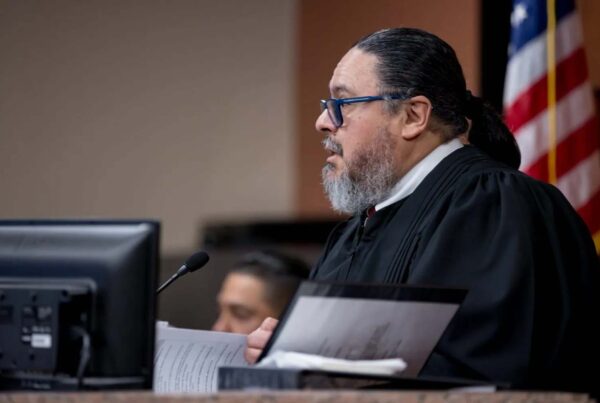From The Texas Tribune:
Before it burned to a pile of ashes, Melanie McQuiddy’s house on the outskirts of Canadian was her family’s home base. Her daughter and grandchildren flocked there for holidays. At Christmastime, she put a tree in every room and transformed herself into “Mimi-Claus,” complete with a wig and red costume dress.
The family considered the home a place of joy, laughter and shenanigans, she said.
Now — after the state’s largest wildfire in history tore across a million acres in the Texas Panhandle — the house is gone. So is McQuiddy’s Steinway piano. Her christening gown. Her family Bible.
“We have those memories,” McQuiddy said, her voice straining with emotion. “I’ll rebuild again so that my family can return.”
Part of moving forward is figuring out who is accountable for the damage. McQuiddy, 60, and her lawyers quickly identified what they argue is the culprit: a utility pole that fell over and that appeared rotten at its base. The lawyers filed a similar suit on behalf of another set of plaintiffs on Wednesday.
On Thursday, the Texas A&M Forest Service said its investigators determined that power lines caused the Smokehouse Creek fire that burned McQuiddy’s house, as well as another fire called Windy Deuce. Utility company Xcel Energy said it appeared that its equipment was involved in igniting the Smokehouse Creek fire. But the company denied that it was negligent in maintaining it.
The fire was another in a series of “man-made catastrophes across the western United States,” McQuiddy’s suit alleged, caused by utility equipment. Xcel Energy already faced hundreds of lawsuits after an official investigation found a loose utility wire caused one ignition point in late 2021 in a destructive Colorado fire, the Denver Post reported.
A review of portions of the state’s electricity code shows utilities have to plan for maintaining their equipment and responding in emergencies, but how they do so is largely left to the companies.
State filings from Xcel’s subsidiary that operated in the area, Southwestern Public Service Company, reveal the company did submit information about how it handles pole inspections and its emergency operations.
Even without knowing the fire’s exact cause, experts say the Panhandle fire shows utilities need to be ready for more extreme weather. This could be a challenge in a state where discussing climate change is often taboo, and where regulators are already stretched as they make sweeping changes to the main electric grid that failed spectacularly during a deadly 2021 freeze.
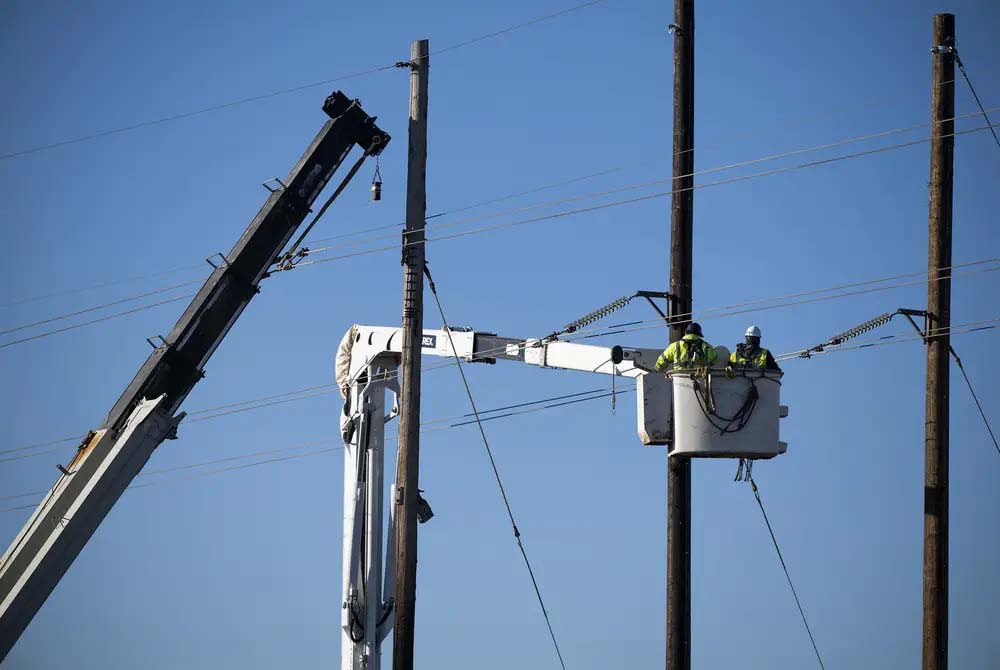
Linemen work on repairing electrical lines near Stinnett on March. 1, 2024.
Justin Rex for The Texas Tribune
“We don’t have last century’s climate right now, and we won’t have last century’s climate for the many decades ahead, as the impacts of climate change accelerate,” said Costa Samaras, a professor of civil and environmental engineering at Carnegie Mellon University.
Much of the country’s utility infrastructure went up in the middle of the 20th century, which would mean wood utility poles are reaching the end of their useful lives, Samaras said. Those poles and wires also were built for less extreme weather than what the state is now experiencing.
Reinvesting in the system offers a chance to improve for the future.
The National Electrical Safety Code generally says that utilities should follow good practices, but doesn’t necessarily define what they are, said Alison Silverstein, an energy consultant. And many of the specifics that do exist, such as wind resistance standards, weren’t written for climate-change-fueled extreme weather.
The state rules refer to the national code and also require utilities to file and maintain emergency operation plans that say how they identify weather hazards and how they respond to wildfires. Utilities must file summaries of storm hardening plans that detail construction standards, vegetation management plans and infrastructure improvement plans.
And utilities must file plans that say how the utility is inspecting poles and protecting areas that they’ve identified where severe weather could cause damage.
Utilities have to go beyond baseline standards to address a region’s changing risks, said Scott Aaronson, senior vice president of security and preparedness at Edison Electric Institute, a trade association. That involves considering how much risk policymakers will tolerate and how much customers will pay to lower that risk.
For example, utilities can wrap poles with fire retardant material, cover wires so they’re less likely to spark if something hits them or use devices to shut power off in a line as soon as it breaks. But that costs money.
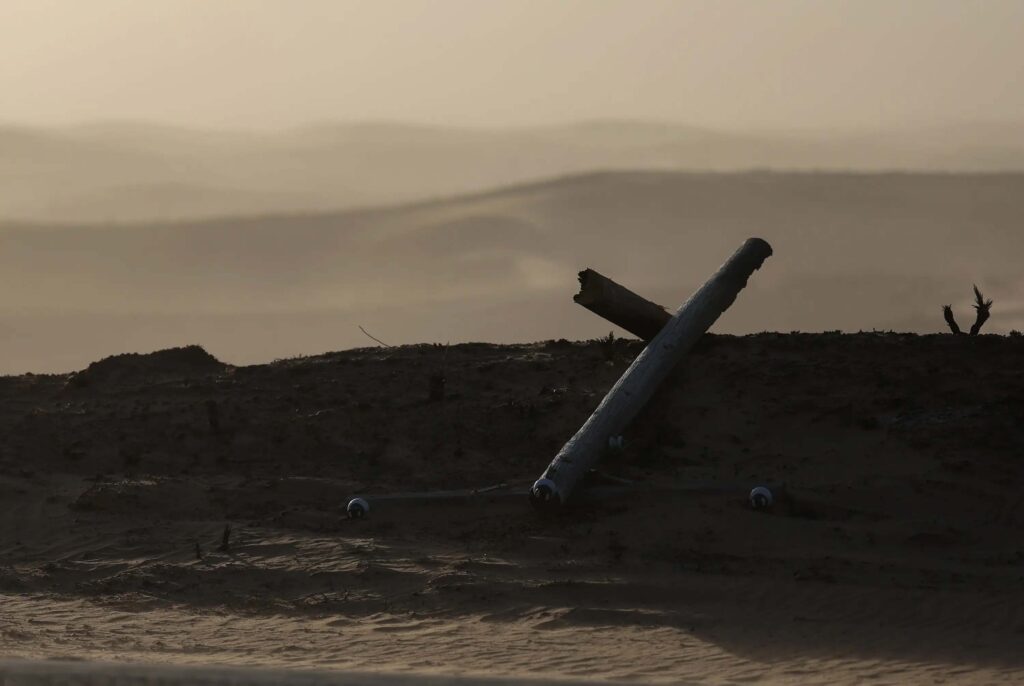
A broken power pole, partially covered by blowing dirt, near Canadian on March 2, 2024. With the rangeland scorched, the top layer of earth is left exposed.
REUTERS/Leah Millis
And engineering has limits, said Brandon Grainger, associate director of the Energy GRID Institute at the University of Pittsburgh. Engineers do the best they can with certain constraints.
“We’re always trying to make life better for everybody,” Grainger said. “But there’s always going to be certain circumstances that the engineers just don’t predict that’s going to happen, right?”
In the Panhandle, McQuiddy and her attorneys focused blame on Xcel Energy, its subsidiary Southwestern Public Service Company and a contractor called Osmose that was allegedly responsible for inspecting and maintaining poles and wires including the one that fell.
Xcel Energy issued an earlier statement saying it would cooperate with officials and conduct its own investigation. Osmose CEO Mike Adams in another statement said the same. “We stand by the quality and accuracy of our utility pole inspections,” Adams said.
Filings with the state utility commission show that Southwestern Public Service serves around 390,000 customers over 52,000 square miles in Texas and New Mexico. It monitors for fire weather and fire threats. The emergency plan section detailing how was redacted.
Last year, the utility reported to the commission that it inspected wood utility poles on a rotating basis and that all poles older than 15 years got a more thorough inspection than someone just looking at them, and were treated to stop or prevent any problems with insects or fungi. Poles out of compliance with the national code were prioritized for replacement or reinforcement, the company said in its report.
Dealing with fires comes with life on the Texas plains, said Mcquiddy, who runs a boutique motel. She nervously watched the fire the night before it changed her life.
The next day, daylight plummeted to dark. White ash dusted the trees. McQuiddy put three fur coats, four pairs of cowboy boots and her shotgun in the car.
She told the house goodbye, and thank you, and she left.


